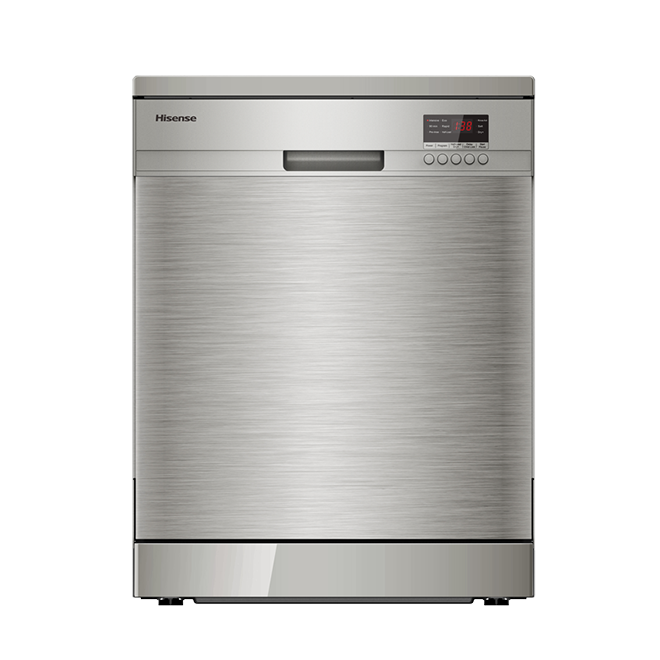If you’re in the market for a new TV in Uganda, two terms you’ll encounter are Android TV and Google TV. Understanding these terms is crucial for making an informed purchase decision.
Smart TV:
A Smart TV is a television with integrated internet connectivity, providing access to online content services like streaming, social media, web browsing, and gaming. These TVs often feature voice recognition capabilities, allowing hands-free control through built-in microphones or remote controllers. Additionally, Smart TVs may support content mirroring from other devices without the need for cables. It’s important to note that any TV running either Android TV or Google TV natively is considered a Smart TV. However, the term “Smart TV” can encompass various platforms, not limited to Android-based systems.
Android TV:
Android TV is a television platform powered by the Android operating system. This platform enables users to access the Google Play Store, offering a wide array of applications and games tailored for larger TV screens. Users can interact with Android TV using voice commands through Google Assistant and can cast audio and video content from compatible Android devices. Android TV is designed to provide a seamless and user-friendly experience for Smart TVs.
Google TV:
Google TV, on the other hand, is not an independent platform but rather a software interface that operates on top of Android TV. This interface aims to modernize the Android TV experience. Google TV introduces features such as easy access to live TV programming, smart home device management, and personalized content recommendations. Notably, the content curation is often powered by artificial intelligence. Google TV is becoming increasingly prevalent and is featured on streaming sticks, boxes, and select Smart TVs.
Distinguishing Android TV and Google TV:
While Android TV serves as the underlying operating system for televisions, Google TV is a layer that enhances the Android TV experience with a more intuitive interface and personalized content recommendations. This distinction is crucial for users seeking a more advanced and user-friendly Smart TV experience.
In summary, when exploring Smart TVs, understanding the differences between Smart TV platforms, Android TV, and Google TV becomes essential for making an informed decision based on individual preferences and requirements.
Other Popular Smart TV Platforms
- Roku:
- Definition: Roku is a popular smart TV platform that offers a range of streaming devices and smart TVs.
- Features: It provides a simple and user-friendly interface with access to a wide variety of streaming services and channels. Roku devices are known for their affordability and extensive app library.
- Apple TV:
- Definition: Apple TV is both a streaming device and a smart TV platform developed by Apple Inc.
- Features: The platform integrates with Apple’s ecosystem, allowing users to access content from iTunes, Apple TV+, and other Apple services. It also supports a variety of third-party apps and features a sleek and intuitive interface.
- Amazon Fire TV:
- Definition: Amazon Fire TV is a streaming device and smart TV platform developed by Amazon.
- Features: Fire TV devices provide access to a vast range of apps, including Amazon Prime Video, Netflix, Hulu, and more. The platform emphasizes voice control through Amazon’s virtual assistant, Alexa.
- webOS (LG):
- Definition: webOS is LG’s smart TV operating system.
- Features: Known for its visually appealing interface, webOS offers smooth navigation and integration with popular streaming services. It also supports voice control and features LG’s Magic Remote for enhanced user experience.
- Tizen (Samsung):
- Definition: Tizen is Samsung’s smart TV operating system.
- Features: Tizen powers Samsung’s smart TVs and provides a responsive and customizable user interface. It supports various apps, including streaming services, and integrates with Samsung’s ecosystem of connected devices.
- VIDAA (Hisense):
- Definition: VIDAA is Hisense’s smart TV platform.
- Features: VIDAA offers a straightforward user interface with quick access to apps and streaming services. It is designed for simplicity and ease of use, making it accessible for a wide range of users.
- Chromecast with Google TV:
- Definition: Chromecast with Google TV is a streaming device with an integrated smart TV interface developed by Google.
- Features: It combines the casting capabilities of Chromecast with the user-friendly interface of Google TV, offering personalized content recommendations and access to a variety of streaming services.
These platforms provide a diverse range of options for consumers, each catering to different preferences and ecosystems. When choosing a smart TV, it’s essential to consider the features, app availability, and overall user experience provided by the specific platform.








